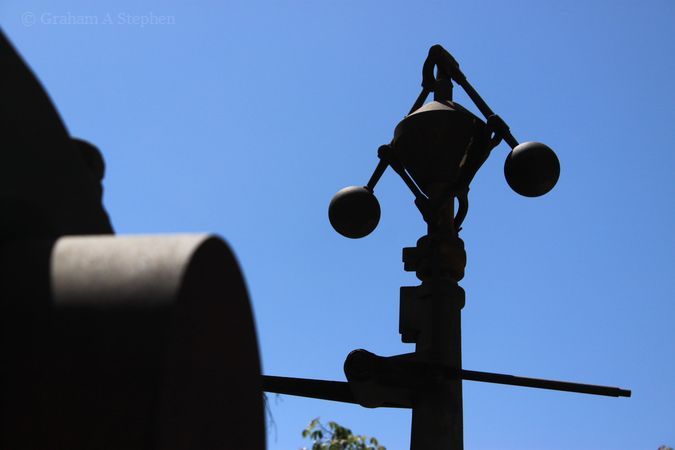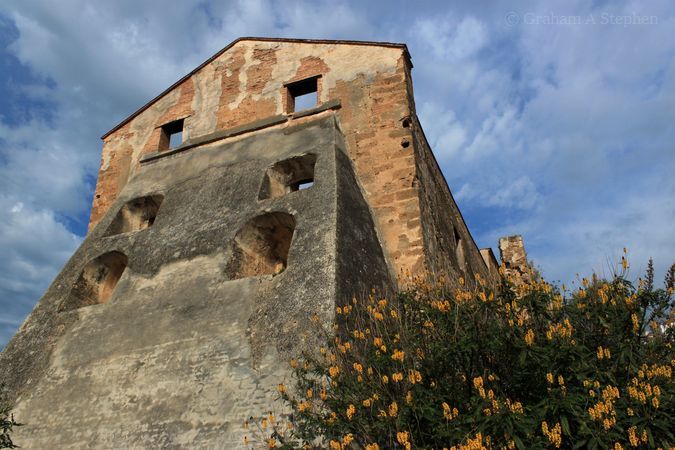|
Information
|
In 1845 Galician entrepreneur Ramón de la Sagra built Spain’s first industrialised sugar mill in Torre del Mar in Andalucía, an innovation that, although it led to his ruin, was to herald a new era in the cultivation of sugar cane, a crop that had been introduced to the Mediterranean coast of Spain by the Arabs in the 10th century. The production of sugar in the coastal areas of Andalucía had been in decline during the 18th and early 19th centuries in the face of competition from plantations in the Americas. The Industrial Revolution was, however, to transform the cultivation and processing of sugar into one of the region’s most economically important sectors.
La Sagra leased the grounds of an old sugar plant, built in 1796 by José García Navarette and powered by mules, where he erected his new factory, La Fábrica de Torre del Mar. But his project ultimately failed, having been beset by a number of misfortunes: frost damage to crops in 1846; machinery acquired from Belgium lost in a shipwreck; and also the fact that he was unable to use the Derosne method of extraction. Exclusive rights to the latter — which involved the use of steam to cook the juice from the sugar cane and also centrifugal separation of sucrose and molasses — had been obtained by his former business associates, with whom he had parted company on account of their mistrust of the social dimension of La Sagra’s project.
La Sagra sold the mill in 1847 to Juan Nepomuceno Enríquez and it was acquired in 1852 by the Larios family, who re-developed it as the Ingenio Azucarero Nuestra Señora del Carmen (the Virgen del Carmen Sugar Mill), transforming it into the most important sugar plant in the Andalucian coast. The Larios sugar company owned the facility until 1976. It finally closed in 1992, at which time it was operated by SAMESA (Sociedad Azucarera del Mediterráneo S.A.).
In February 2014 it was announced that Vélez Málaga council was completing its troubled restoration of the Virgen del Carmen sugar mill in a development phase costing €217,000. The renovated main mill building is to house a museum dedicated to the history of the sugar-cane industry. It will also, controversially, accommodate a business school. Original plans for a sugar museum (Museo del Azúcar) had been overturned in 2012 when the council signed a deal to create a business management centre in the premises. A deal had been agreed between the local authorities and SAMESA in 1993 for the demolition of the plant’s secondary buildings and the renovation of its main building as the Museo del Azúcar. A lot of the industrial heritage had, however, been lost as most of the machinery had by then already been sold for scrap. The contract for the museum development had been awarded in 2003, and then again in 2005. By 2011, €2.3m had been invested and the work was two years behind schedule amid disputes between the council and the developers.
|




